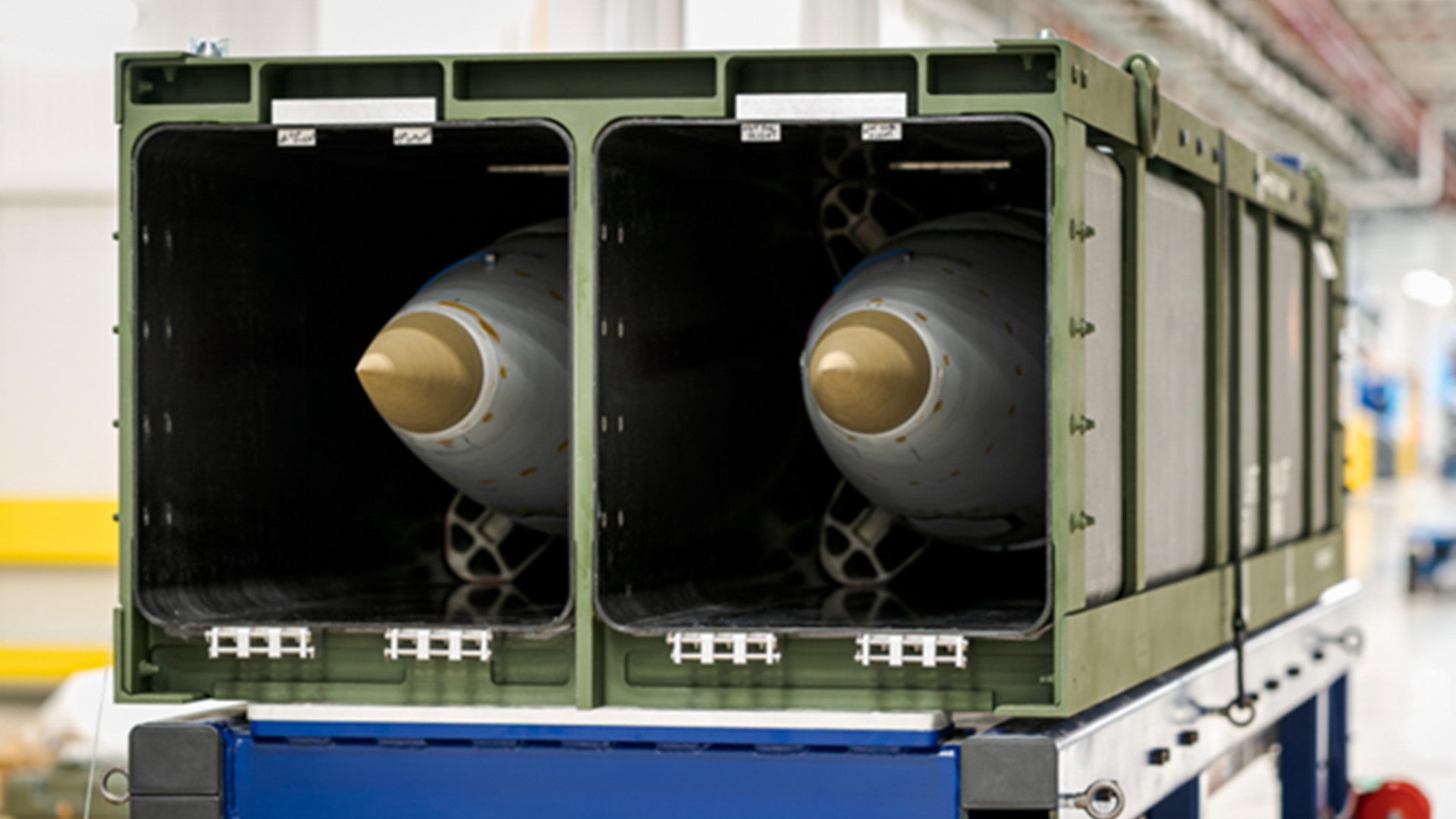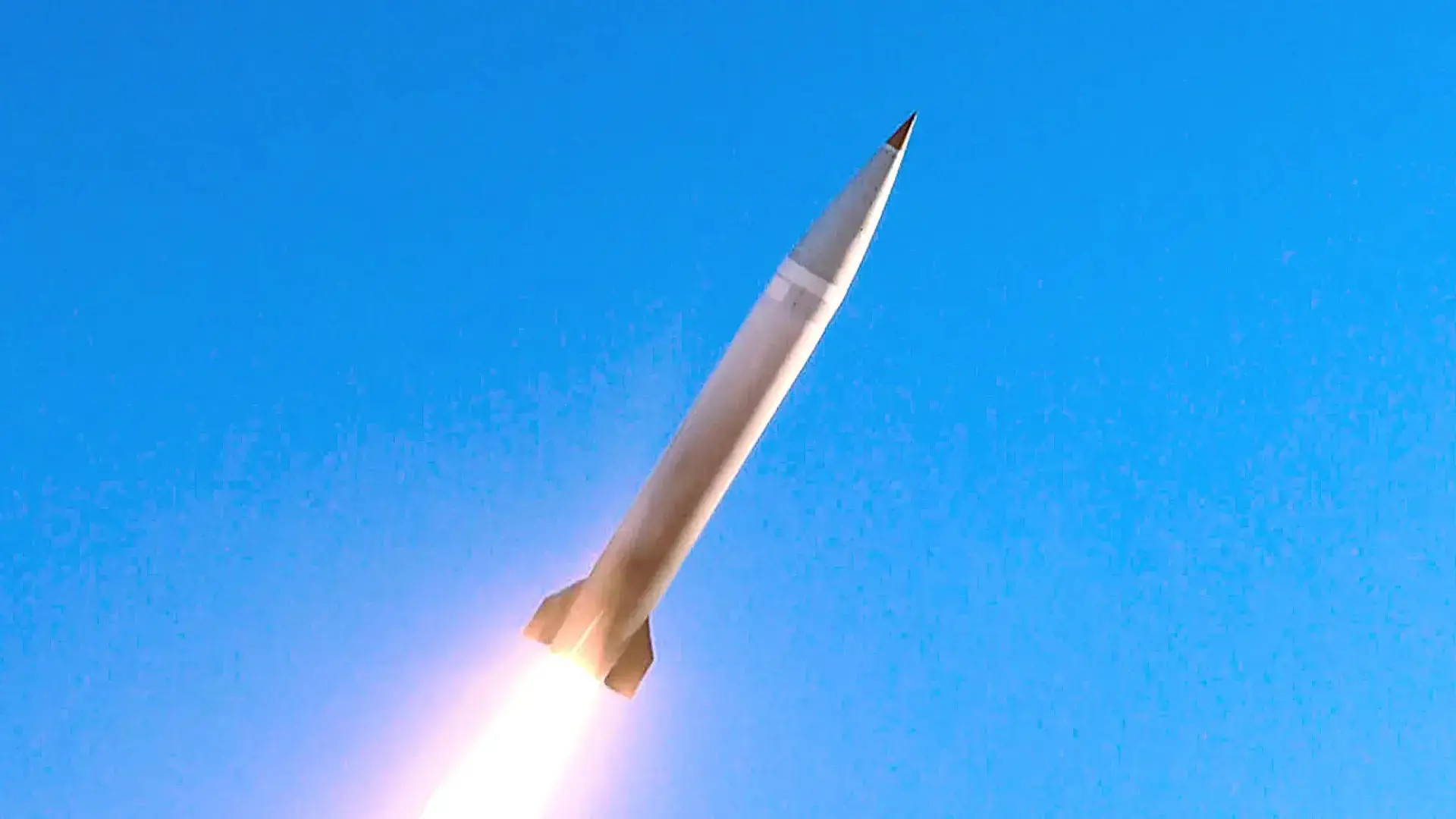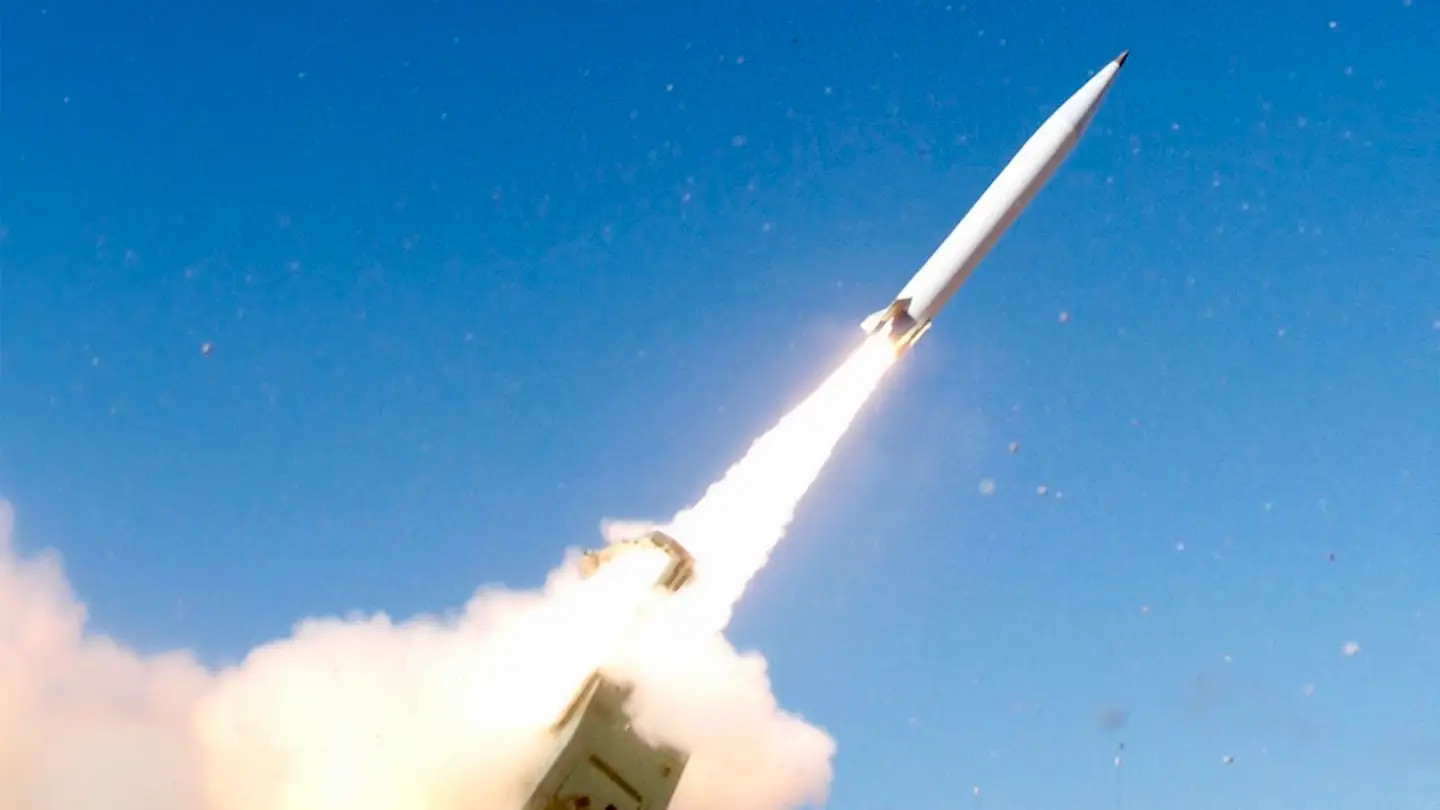The U.S. Army has successfully flight tested a new seeker that will help transform its new Precision Strike Missile short-range ballistic missile into weapon that can strike moving ships and enemy air defenses. This news comes as Iranian-backed Houthi militants in Yemen have become the first to fire anti-ship ballistic missiles in anger and are now regularly using them in attacks in and around the Red Sea and the Gulf of Aden. Weapons of this type have also been a major topic of discussion in the context of a potential future conflict between the United States and China in the Pacific.
The initial flight testing of the seeker for what is officially known as the Land-Based Anti-Ship Missile (LBASM) or Precision Strike Missile (PrSM) Increment 2 was completed in 2023, according to the Army’s Combat Capabilities Development Command’s Aviation & Missile Center, or DEVCOM AvMC. The center disclosed the milestone in a round-up of achievements from last year that was published earlier this month.
The Army began receiving its first operational examples of the baseline PrSM Increment 1 missile in December. These weapons are capable of hitting static targets only using a GPS-assisted inertial navigation system (INS) guidance package. They also have a maximum range of around 310 miles (500 kilometers) and this could grow to some 400 miles (650 kilometers) in the future. Existing M270 Multiple Launch Rocket System and M142 High Mobility Artillery Rocket System (HIMARS) launch vehicles can fire PrSMs.

“One of our biggest accomplishments this year [2023] has been the successful conclusion of our LBASM science and technology [S&T] program, which will serve as the seeker for PrSM Increment Two,” Dr. James Kirsch, DEVCOM AvMC’s director, said in a statement. “We are in the process of transferring that data to the project office and setting up future arrangements to continue providing the expertise they need, but it is a clear example of the successful transition from our S&T programs to a program of record.”
In 2021, Defense News reported that the Army was planning to conduct captive carry tests of the PrSM Increment 2 seeker that year and then move on to free-flight testing. Unspecified surrogate platforms of some kind would be used in both cases. Captive carry testing of seekers and other sensors typically involves installing those systems on a test aircraft, usually a converted business jet or airliner, to gather data about how they perform in flight. A test missile or rocket of some type could have been used for the free-flight testing in lieu of an actual PrSM.
“It won’t fly as fast or as high or as far [as PrSM] but it’s the beginning of introducing it to that violent flight environment with the thermal challenges associated with high speed,” then-Brig. Gen. John Rafferty, the Army officer in charge of the service’s Long Range Precision Fires Cross Functional Team (LRPF CFT) at the time, told Defense News in January 2021. “We’re not going to have the PrSM missiles yet to put the seeker into, but that doesn’t mean we don’t have to continue to develop the seeker and be ready when the resources are there.”
Rafferty has since been promoted to Major General and is currently the service’s Chief of Public Affairs.

As for the PrSM Increment 2 seeker itself, Military & Aerospace Electronics has previously reported that it combines a passive radio-frequency seeker and an imaging infrared seeker. A PrSM Increment 2 missile would use its GPS-assist INS guidance to get to the general target area before switching over to this seeker system.
“Once the missile reaches its target area, it listens for radio signals from enemy radar or communications to refine its targeting, and finally uses an imaging infrared sensor to pinpoint its target before impact,” according to a November 2023 story from Military & Aerospace Electronics. Warships, especially larger ones, often have multiple radars and communications arrays. Initial targeting data would be provided by off-board sensors.
This combination of guidance would make the missile very resistant to electronic warfare jamming. The multi-mode seeker would also be able to fuse data from its different subcomponents to improve its overall accuracy, even against a moving target. It also worth noting that ballistic missiles like PrSM reach hypersonic or near-hypersonic speeds in the terminal phase, making them especially hard to defend against.
The passive radio-frequency seeker element of the guidance package will allow PrSM Increment 2 to be used against enemy air defense systems, by zeroing in on their radars, in addition to ships. It could be employed as a long-range strike weapon against enemy communication nodes or other kinds of emitters, as well.
The Lockheed Martin promotional video below shows an Increment 1 PrSM missile being employed against a Russian-made Flap Lid mobile air defense radar.

Still, PrSM Increment 2’s main goal remains to be to give the Army a new long-range ground-launched anti-ship weapon. The Army is also acquiring land-based launchers able to fire multi-purpose SM-6 and Tomahawk cruise missiles, weapons that could also be used in the long-range anti-ship role. The service views acquiring a capability of this kind to be particularly important in the context of a potential future high-end conflict in the Pacific against China, where maritime strike capabilities would be critical.
The Chinese People’s Liberation Army (PLA) has already fielded a number of ground-based ballistic missiles with anti-ship capabilities that have much longer ranges that PrSM. The PLA’s anti-ship ballistic missile arsenal also includes air-launched and sea-based types. This is all part as part of a anti-access/aerial denial strategy, which is primarily focused on hampering the United States from intervening in the event of an invasion of Taiwan or a major conflict in another hot spot, such as the South China Sea.

PrSM Increment 2, of course, offers a multi-purpose long-range strike capability would be valuable for the Army in conflicts elsewhere, too. The computer-generated video below, which DEVCOM released in 2021, notably shows a PrSM Increment 2 missile being used against a Russian Slava class cruiser. This is same class of cruiser as the Russian Navy’s Moskva, which Ukrainian forces sunk in 2022.

In addition, DEVCOM’s 2021 video highlights a potential future uncrewed launch vehicle, the Autonomous Multi-Domain Launcher (AML), derived from the HIMARS. It also depicts a planned future PrSM Increment 4 missile, which is expected to incorporate an air-breathing propulsion system and have a maximum range of 620 miles (1,000 kilometers). Not shown is the video is PrSM Increment 3, another version of the missile that the Army expects to acquire. This version will carry unspecified “enhanced” payloads, which could include swarms of loitering munitions, also known as kamikaze drones.
PrSM Increment 2’s continued development also now comes amid the very active use of lower-end anti-ship ballistic missiles by Iranian-backed Houthi militants in Yemen. Since November 2023, the group has been employing these weapons, as well as anti-ship cruise missiles and drones, in attacks on foreign warships and commercial vessels in and around the Red Sea and the Gulf of Aden.
So far, the Houthi attacks have not succeeded in sinking any ships or causing any casualties, and many of the missiles and drones it has launched have been shot down. At the same time, the Houthis’ actions have upended maritime trade through the highly strategic waters around Yemen and have highlighted the very real threat that anti-ship ballistic missiles, as well as cruise missiles and drones, pose.
As it stands now, the Army hopes to join the ranks of forces armed with anti-ship ballistic missiles, in the form of the PrSM Increment 2, by 2026.
Contact the author: joe@thedrive.com
